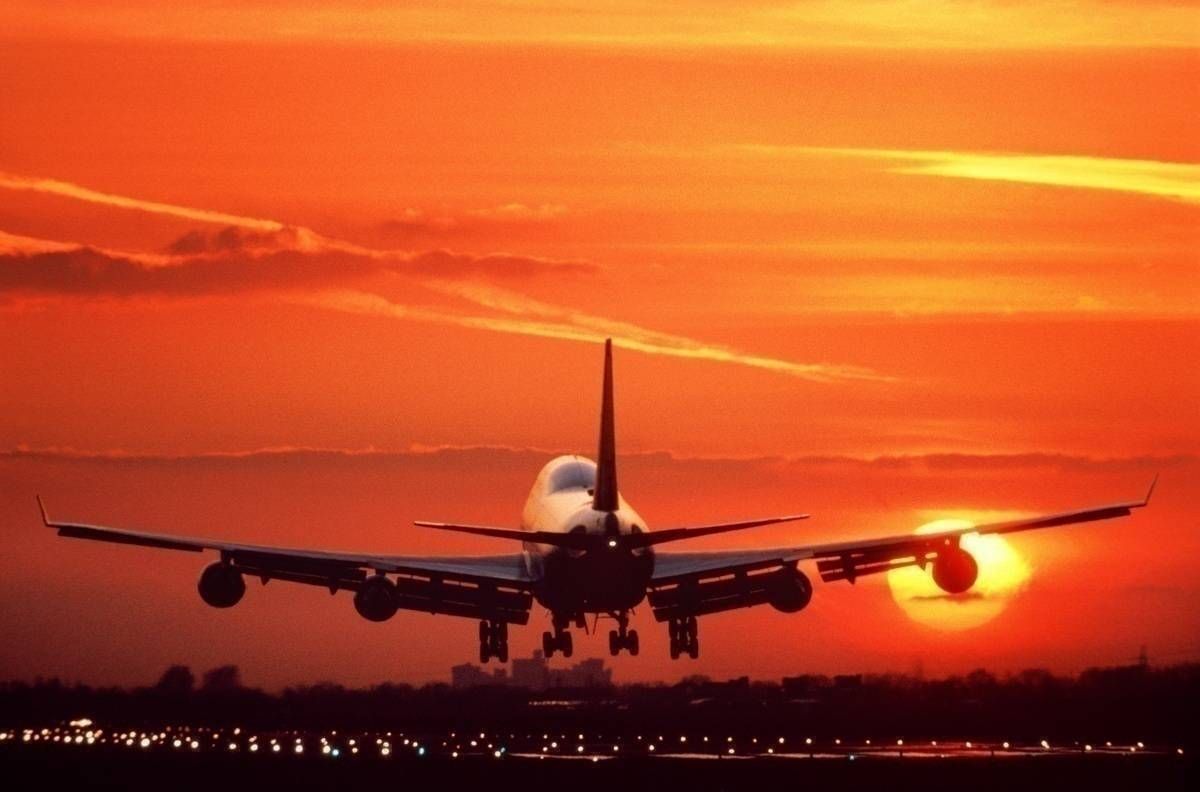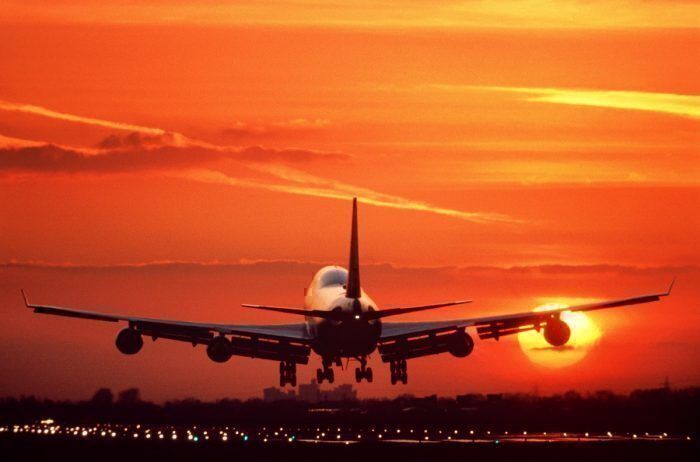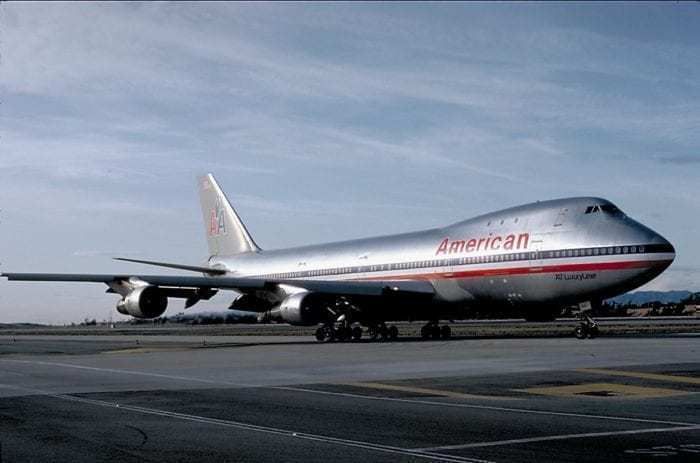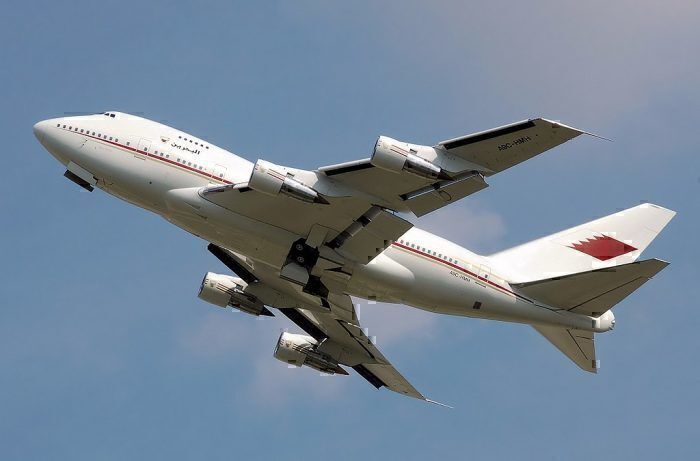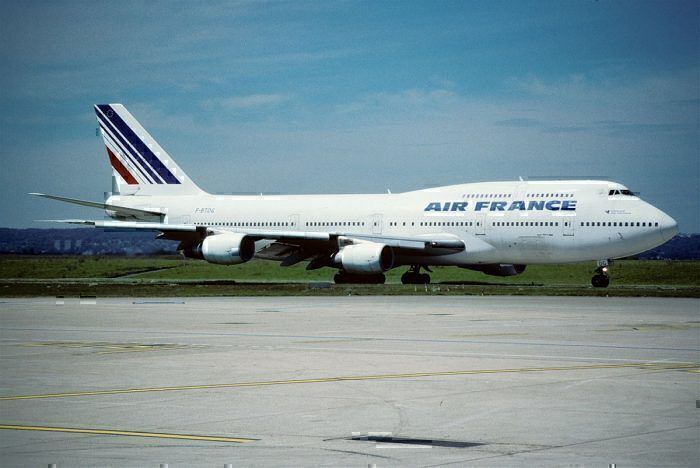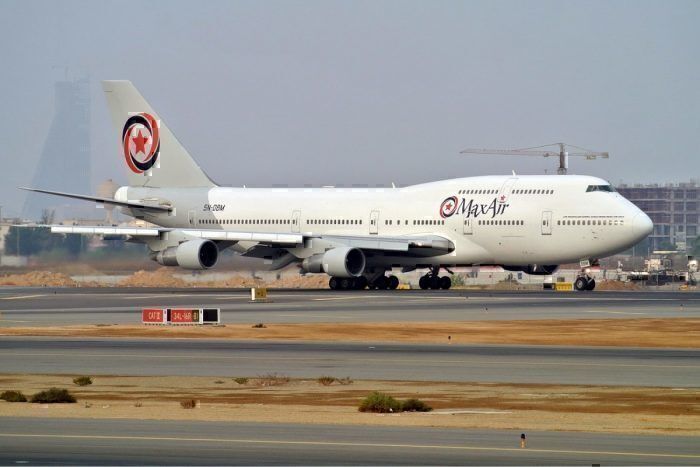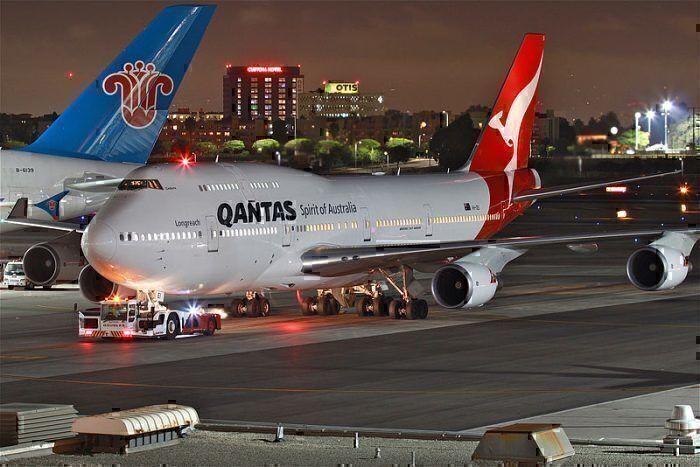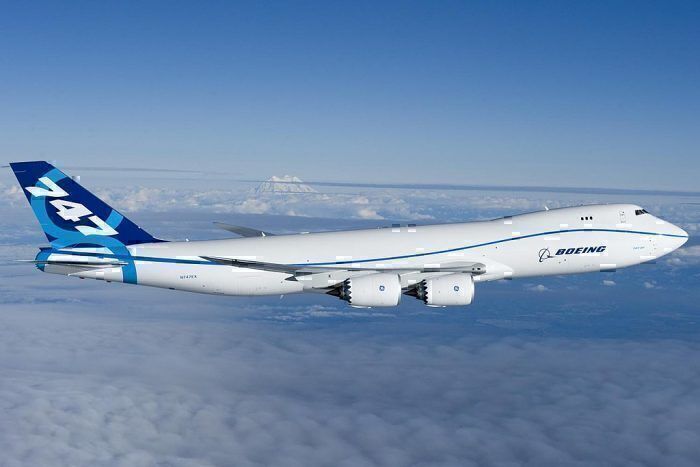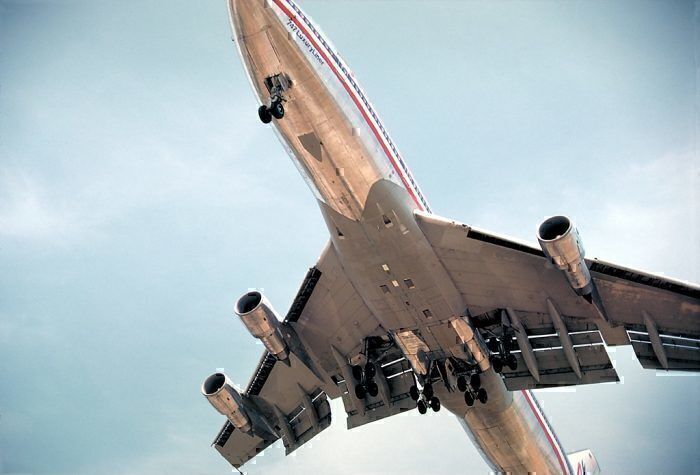The Boeing 747 is more than just an aircraft. To Boeing, it was a platform that could be modified to solve airlines' distinct and unique problems, from a short-haul carrier to a long-distance cargo aircraft.
But what type of Boeing 747s were actually built? And how did it solve airlines' problems?
The Boeing 747-100
The first Boeing variant was the 747-100. It was designed to carry 366 passengers in a three-class (32 first class, 74 business and 260 in economy) configuration. It had a very short upper level that was first envisioned as a lounge with only six windows. When airlines started sticking seats up there they changed the deck to be more accommodating for passengers with more windows.
The Boeing 747-100SR
The first spin-off variant of the Boeing 747-100 was the SR, or Short Range version. This aircraft, specially built with Japanese customers in mind, was designed to swap its long-range with larger payload capacity. This aircraft could seat up to 500 passengers in a single class throughout and was designed to be flown twice as much as a normal 747 before retirement (50,000 cycles vs 25,000 cycles)
Overall, 29 Boeing 747-100SR's were bought by both ANA and JAL.
Seeing how Boeing was able to change the 747 for short-range travel, Iran Air and Pan Am made a joint request for an aircraft that was designed for long-range travel. They wanted to connect Tehran and New York City.
Boeing was able to build this by reducing payload capacity, shortening the aircraft and making other significant changes to the wings. The final design could fly 276 passengers to a range of 5,800 nautical miles (just over 10,000 km). 45 of these aircraft were built.
Before we move onto the next generation of Boeing 747s, we should mention there was a Boeing 747-100B that was built for the Middle Eastern market using the structural improvements of the 747-100SR.
The Boeing 747-200
With great success behind it, Boeing set out to build the next generation of Boeing 747. This one would be bigger, fly longer and connect more places in the world than ever before.
Four versions of the Boeing 747-200 were built, the 747-200B for passengers, the 747-200F for freight, the 747-200C which was convertible and the 747-200M combi. The passenger version and freight version are self-explanatory, so we will focus on the latter two.
The Boeing 747-200C, or convertible, does not refer to a retracting roof (although I'm sure that would be very popular with some business class passengers). The aircraft was actually designed with removable seats, a forward nose-opening cargo door, and the ability to quickly switch between the two modes of transport.
The Boeing 747-200M, or combi, was a 747 that could carry both cargo and passengers. It had movable dividers that separated passengers from cargo, which slid to change the configuration, depending on how much space was needed for each. This aircraft proved very popular with KLM for its Caribbean routes.
The Boeing 747-300
The Boeing 747-300 is kind of like the forgotten child of the 747 family. As the other 747 versions got plenty of limelight and years, the 747-300 was only exciting, new and flying for two years before being replaced by the 747-400.
The aircraft carried more passengers to a better range but is better known for being the first 747 to do away with the spiral staircase to the upper deck (the straight stairs allowed more seats to be placed upstairs).
Two other versions fo the 747-300 were built: a 'combi' version like the 747-200M, and a Japanese short-range version. No freighters were ever ordered, but Boeing would end up retrofitting passenger versions into the type in the year 2000.
PIA was flying a Boeing 747-300 up until 2015 when it finally retired the aircraft.
The Boeing 747-400
The Boeing 747-400 saw a major change for airlines and the industry as a whole. It reduced the cockpit crew from three to two. The aircraft not only carried more freight and passengers but also had such a long-range that it spelled the end for refueling airports like Anchorage.
Like the previous generations, Boeing would go on to make many different variants for different customers:
- -400 - Passenger version
- -400F - Freighter version
- -400M - Combi version (combined cargo and passengers)
- -400D - Domestic version. This had a bigger seating capacity and was made for the Japanese domestic market.
- -400ER - Extended range passenger version. Only Qantas ordered this aircraft.
- -400ERF - Extended range freighter.
Boeing would also develop a '747-400 Dreamlifter' with a vast elongated cargo deck. This aircraft would be used to fly in cockpits for the Boeing 737 intact from Boeing's suppliers around the United States. This version has not been sold outside of the company.
The Boeing 747-8
The last version of the 747-8 (and very likely the final version) was developed in 2005 using technologies from the new-at-the-time 787 Dreamliner program. It would be longer than any 747 before (and any other commercial aircraft) and allow the aircraft to carry 16% more payload.
Two versions have been built:
- 747-8I - 'International' passenger version
- 747-8F - Freighter version
The passenger version could carry 467 in a 3-class configuration and fly more than 8,000 nautical miles (15,000 km). The freighter has quickly claimed the number one spot for freighter airlines in the world today, offering fantastic fuel costs per cargo item. So far, the 747-8 has received 154 total orders, including 107 for the freighter version and 47 for the passenger version.
The bottom line
We would like to end this article on an item of trivia. Boeing only expected to sell 400 Boeing 747s before supersonic aircraft dominated the market, but would go on to sell over 1,500 of the aircraft type.
There are plenty more versions of the 747 platform that were built for different purposes (notably military) but even just looking at the long list of civilian types you can't help but be amazed at just how fantastic the Boeing 747 ended up being for the world of aviation.
If you enjoyed this article, we suggest you have a look at the first in the series:
Airbus A380 Variants That Never Were.
Which is your favorite version? Let us know in the comments.

